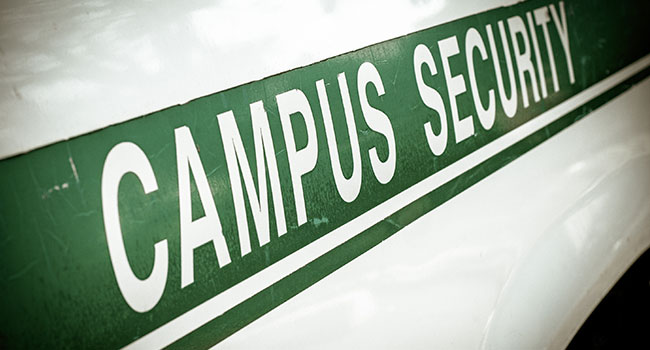
Arkansas School Continues to Improve Security
Green Forest School District in Green Forest, Ark., continues to take security seriously following last year’s security and safety audit.
- By Jessica Davis
- July 01, 2019
Green Forest School District in Green Forest, Ark., continues to take security seriously following last year’s security and safety audit.
"The safety and security audit is a very detailed look at your buildings and your surroundings," Superintendent Dr. Matt Summers said. "Not only an active shooter situation, what if someone tried to plant a bomb, vehicles coming through our campus."
The district made some changes after a safety and security audit last year, according to Summers.
"In the past, we just locked down everything and we just hunkered down," Summers said. "Not a best practice. The best practice is: lock down where the threat is, evacuate everybody else, get them out of the area."
Additional security measures include numbered hallways, mirrors that allow people to see around corners, special windows, speed bumps and the hiring of more school resource officers.
"We have four school resource officers. We have one in each building with their police car and uniform every day," Summers said.
The district decided to arm several employees last year on a volunteer basis. Due to safety reasons, the district does not disclose who or how many are armed.
Employees who volunteer to be armed must undergo background checks, drug tests, psychological tests, active shooter training and first aid training to get an armed security guard license. The training continues throughout the year.
"There was what we call tactical first aid, employing tourniquets," Summers said.
The training and the gun are paid for by the district. The gun must be concealed on the employee’s person or in a safe.
There was no gun violence on campus during this first year of the security changes, Summers said.
"We have done everything in our power as a board, as a community to protect our most valued asset, which is our kids," he said.
The next security and safety audit will take place next spring.
About the Author
Jessica Davis is the Associate Content Editor for 1105 Media.